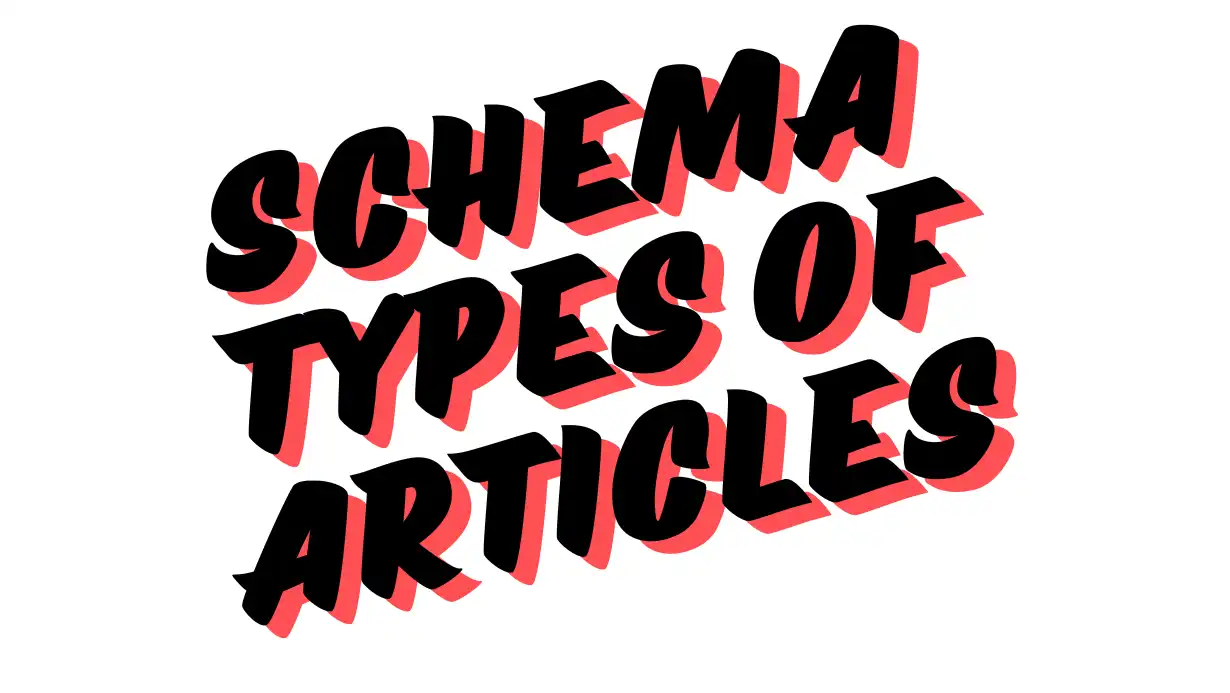In the blogging world of search engine optimization (SEO), schema markup has become an essential tool for webmasters. Schema helps search engines understand the content of a webpage better, providing more relevant search results for users.
But how many types of schema markup are there, and how can they benefit your SEO strategy?
This article explores the various schema types and their importance in enhancing your website’s search visibility.
What is Schema Markup?
Schema markup, also known simply as “schema,” is a form of microdata that you can add to your website’s HTML. It creates an enhanced description (rich snippet) that appears in search results. Schema markup is used to provide additional information to search engines about the content of a webpage, making it easier for them to understand the context of the information presented.
Types of Schema Markup
There are several types of schema markup, each serving a different purpose. Here are some of the most commonly used schema types:
1. Article Schema
- Purpose: This schema is primarily used for blog posts, news articles, and other content-centric pages. It helps search engines display more information about the article, such as the headline, image, and date published.
- Example: News websites use Article schema to help their stories stand out in search results, with enhanced features like headline, image, and publication date.
2. Product Schema
- Purpose: Product schema is designed for e-commerce websites. It helps in displaying product details like name, price, availability, and reviews in the search results.
- Example: Online retailers use Product schema to provide potential customers with quick information, leading to better click-through rates.
3. Local Business Schema
- Purpose: This schema type is vital for local SEO. It includes information about a business’s location, opening hours, contact details, and reviews.
- Example: Local businesses, such as restaurants and stores, use Local Business schema to improve visibility in local search results and Google Maps.
4. Organization Schema
- Purpose: Organization schema provides information about a company or organization, including its logo, contact details, social profiles, and location.
- Example: Corporations and businesses use Organization schema to ensure their branding and contact information are consistent across search engines.
5. Breadcrumb Schema
- Purpose: Breadcrumb schema helps in showing the structure of a website and how individual pages fit within this structure. It enhances the navigation for users.
- Example: Websites with complex navigation structures use Breadcrumb schema to make it easier for users to understand their location on the site.
6. FAQ Schema
- Purpose: FAQ schema is used to markup questions and answers on a webpage, helping them to appear directly in search engine results.
- Example: Websites use FAQ schema to address common customer questions, providing immediate answers in search results.
7. Recipe Schema
- Purpose: Recipe schema is used for marking up recipe content, including cooking time, ingredients, and instructions. This helps recipes stand out in search results.
- Example: Food bloggers and cooking websites use Recipe schema to attract more visitors by making their recipes easily discoverable.
8. Event Schema
- Purpose: Event schema is used to provide detailed information about events, including date, location, and ticketing information.
- Example: Concerts, workshops, and other events use Event schema to ensure their listings appear prominently in search results.
9. Review Schema
- Purpose: Review schema is used to highlight reviews and ratings of products, services, or businesses.
- Example: Businesses and product review sites use Review schema to display customer ratings and attract more attention in search results.
Why Use Schema Markup?
Implementing schema markup can significantly enhance your website’s search engine presence. Here are some key benefits:
- Improved Click-Through Rates (CTR): Rich snippets can increase CTR by providing users with more relevant and eye-catching information.
- Better Visibility: Schema markup helps your content stand out in search results, potentially leading to higher rankings.
- Enhanced User Experience: Providing detailed information directly in search results can enhance user experience and satisfaction.
- Voice Search Optimization: Schema markup can improve your website’s chances of being featured in voice search results.
Conclusion
Understanding and implementing various types of schema markup can play a crucial role in your SEO strategy. With schema, you can provide search engines with better context about your content, which can lead to improved search visibility and user engagement.
Whether you run a blog, an e-commerce store, or a local business, there’s a schema type that can help boost your website’s performance in search results. Start leveraging schema markup today to enhance your SEO efforts and reach a wider audience.
